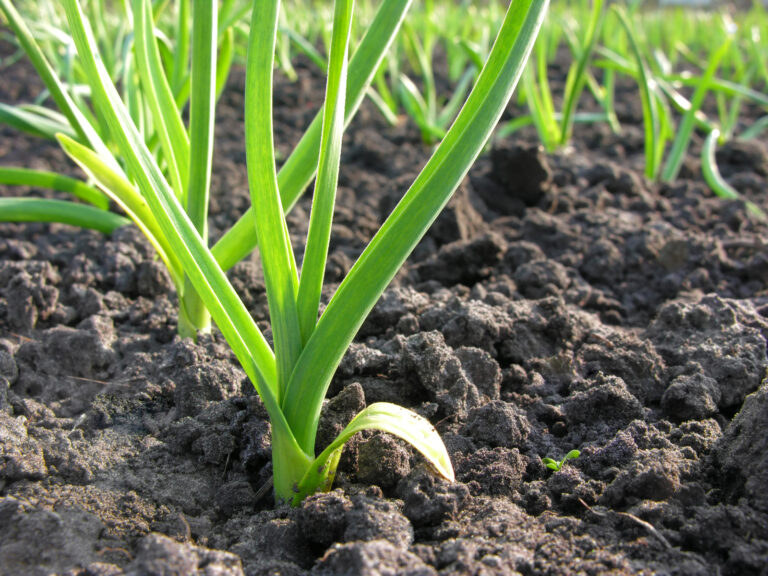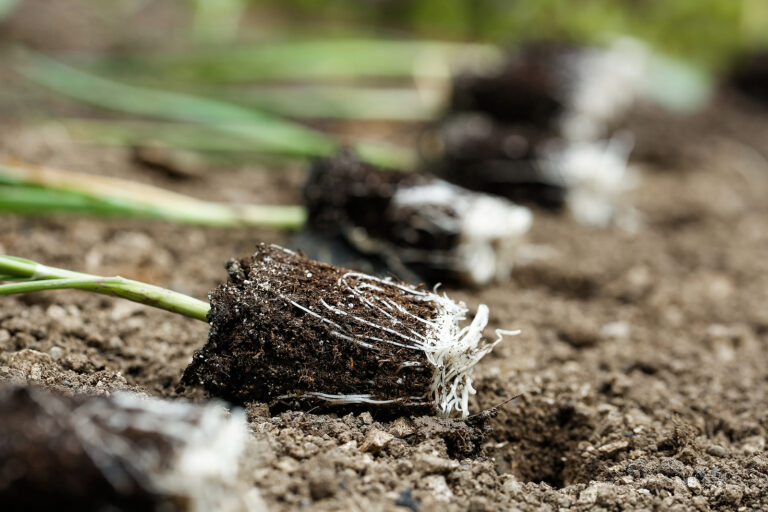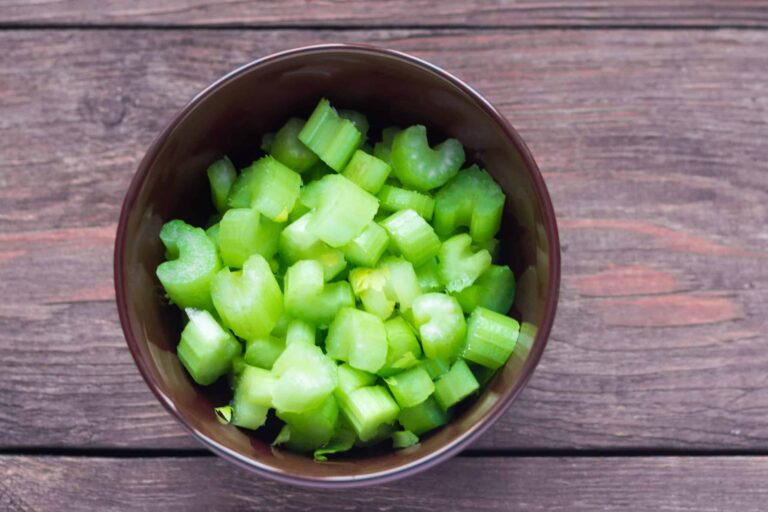When to Plant Florence Fennel: Spring and Fall Timing
Florence fennel grows best when planted during the coolest parts of the year. As a longtime year-round gardener in Sonoma Valley, I’ve learned that timing is everything with fennel. Plant it too early and frost can stunt it; plant it too late and heat causes bolting. The sweet spot is cool, mild weather—when plants can size up their bulbs without stress.
Here’s how to choose the right planting window for both spring and fall crops.
Why Timing Matters for Florence Fennel
Florence fennel is a cool-season vegetable that prefers temperatures between 55–75°F. Outside of that zone, the plant reacts quickly:
- Cold stress slows growth or damages seedlings.
- Heat stress triggers bolting before bulbs fully form.
From my experience, the most dependable bulbs come from fall plantings, but spring plantings can be excellent if started at the right moment.
Spring Planting: Start After the Last Frost Window
Spring fennel is often started by gardeners eager for early harvests—but it must be timed carefully.
Best Spring Timing:
- Sow or transplant 1–2 weeks after your last expected frost date.
- Soil should reach 60°F for strong germination.
- Protect young seedlings from late cold snaps with row covers.
Spring Advantages:
- Fast establishment in warming soil
- Early summer harvests
Spring Challenges:
- Rising temperatures can cause early bolting
- Uneven moisture during warming weather stresses plants
My Insight:
In my garden, spring-sown fennel is always at risk of bolting if we get an early May heat spike. Planting just after the frost window, but not too late, gives the plants enough cool growing time before summer heat arrives.
Fall Planting: The Most Reliable Season for Full Bulbs
Fall is widely considered the best season for Florence fennel—especially in mild-winter regions.
Best Fall Timing:
- Sow 6–10 weeks before your first expected frost.
- In warm climates (Zone 8–10), sow from late August through October.
- Seedlings grow during cooling weather, which prevents bolting.
Fall Advantages:
- Cool, consistent temperatures ideal for bulb formation
- Fewer pests
- Steadier soil moisture
- Sweeter, more tender bulbs
Fall Challenges:
- Early frost in cold climates can halt growth
- Short days slow germination
My Insight:
In Sonoma Valley, fall fennel is almost foolproof. The bulbs grow quickly during September and October, and I often harvest some of the best bulbs of the year around Thanksgiving.
Using Transplants for Better Timing Control
Transplanting can help you fine-tune timing in either season:
- Start seeds indoors 3–4 weeks before your ideal outdoor date.
- Transplant when seedlings are 2–3 inches tall.
- Never transplant rootbound plants—this triggers bolting.
Signs You’re Planting at the Right Time
You’re planting fennel at the ideal moment if:
- Temperatures are mild, not swinging drastically.
- Soil is moist but warming (spring) or gently cooling (fall).
- You can provide consistent water without extremes.
If weather patterns are unpredictable, row covers, shade cloth, or a slightly adjusted planting date can keep your crop on track.
Final Timing Tip
If you must choose only one season for Florence fennel, choose fall. After decades of growing it, I’ve found that fall plantings consistently produce larger, sweeter bulbs with fewer issues. Spring plantings can be equally satisfying—but only when timed with precision.



